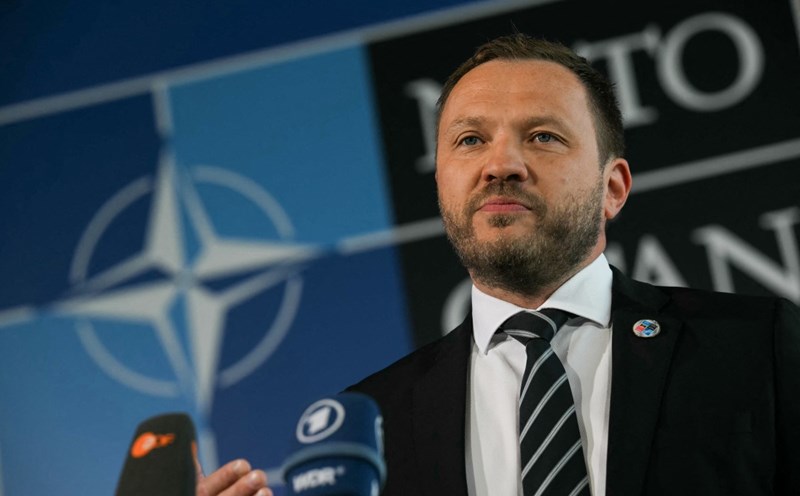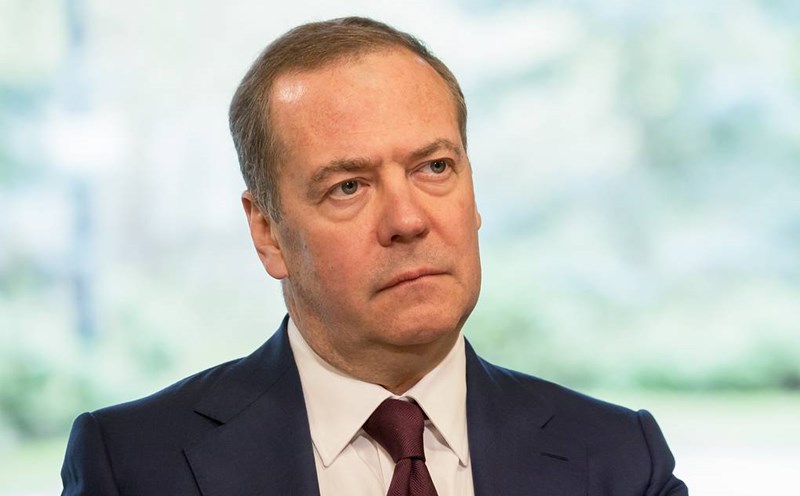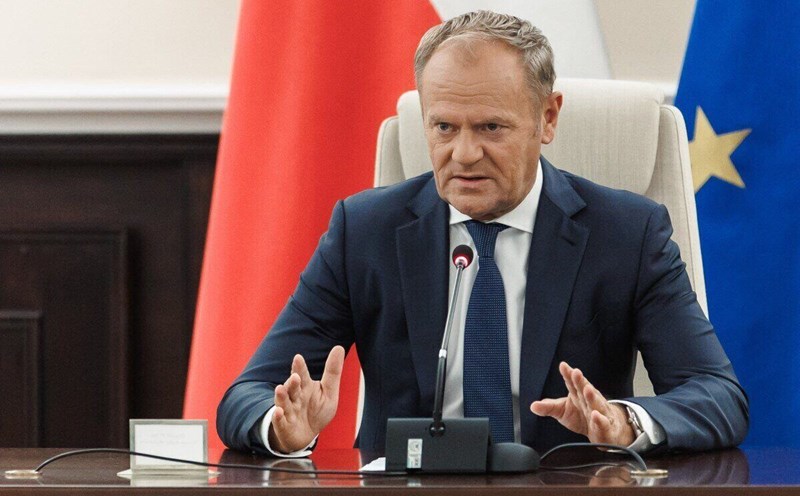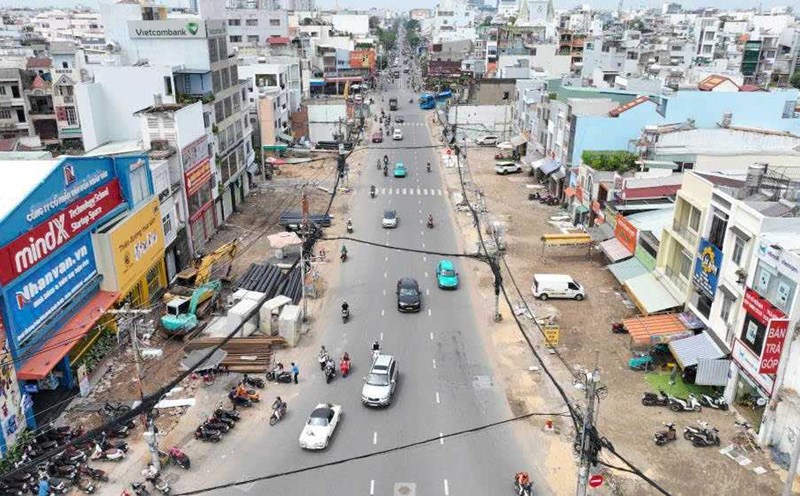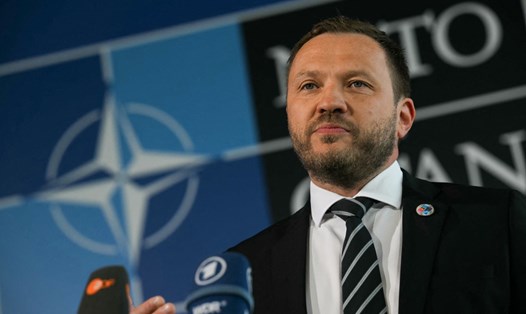German and Swedish fighter jets were deployed to intercept a Russian reconnaissance aircraft that entered neutral airspace in the Baltic Sea on September 21.
German officials said NATO had ordered the German rapid response air force to investigate an unidentified plane that had been found flying without a schedule and had not been communicated with the radio.
"The plane was identified as a Russian IL-20M reconnaissance aircraft. After identifying it with the naked eye, the Bundeswehr (German army) transferred the convoy to our NATO partner Sweden and returned to Rostock-Laage" - the German delegation to NATO informed.
According to the Swedish air force, Swedish fighter jets "identified and tracked a Russian IL-20 reconnaissance aircraft in international airspace".
This is the latest event after a series of incursions by Russian military aircraft into NATO airspace in September, leading to increased tensions between NATO and Russia.
On September 19, Estonia accused three Russian MiG-31 fighter jets of violating its airspace and staying there for 12 minutes.
Estonian Prime Minister Kristen Michal activated NATO's Article 4, which allows NATO members to consult with the alliance when they believe the country is under threat.
Estonia has also summoned Russia's Interim Advocate to protest. The Russian Defense Ministry denied allegations of violating Estonian airspace.
NATO Article 4 was also activated by Poland a few days earlier after more than 10 Russian-made drones attacked Polish airspace on September 10, sending Poland to shoot down a number of them.
Romania accused a Russian drone of violating its airspace on September 14.

